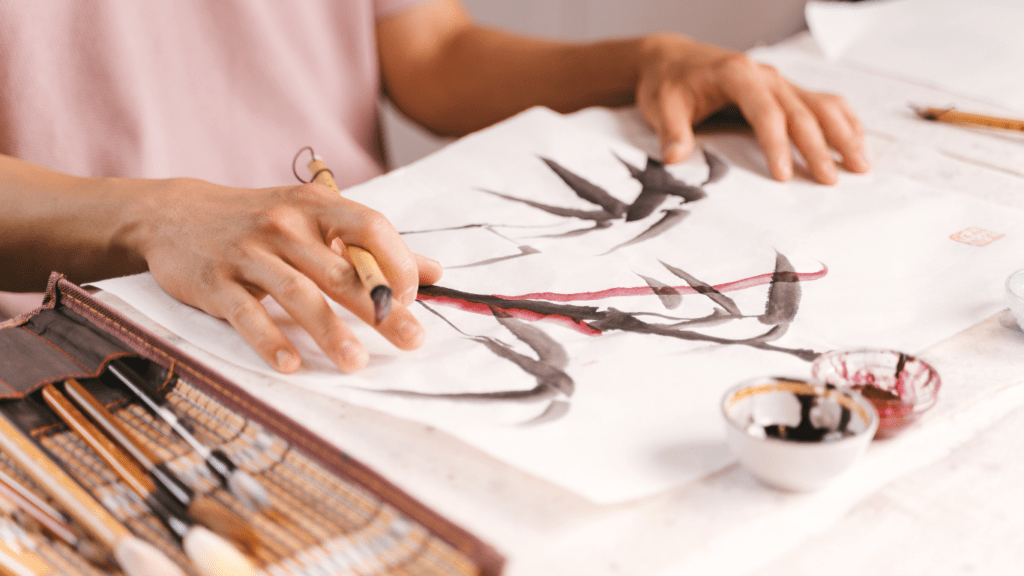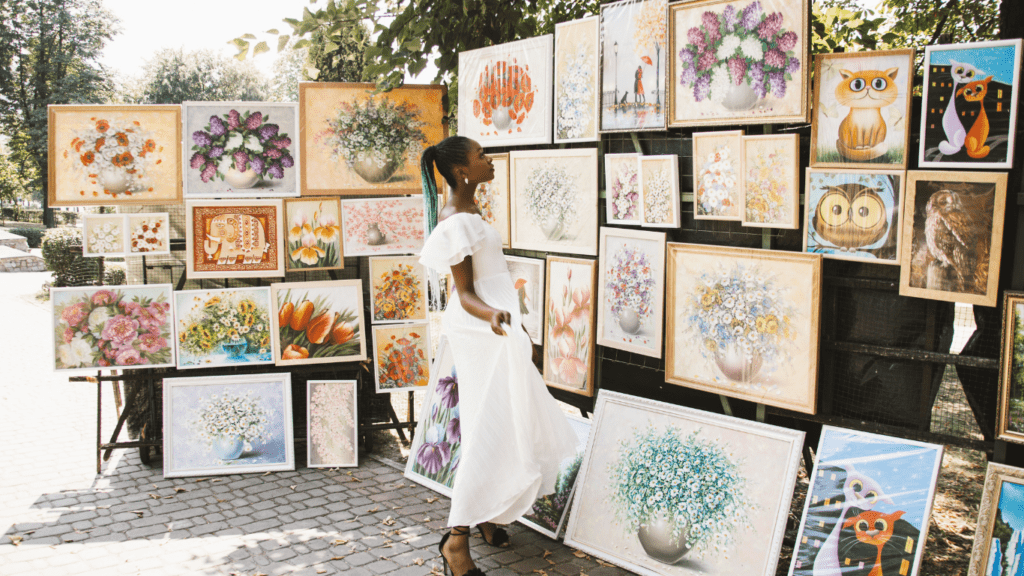Understanding Art Therapy
Art therapy combines the creative process with psychological theories to improve mental health. It’s a versatile tool anyone can use to enhance emotional and psychological well-being.
What Is Art Therapy?
Art therapy involves using various art forms, like drawing, painting, and sculpture, to express emotions. It doesn’t require artistic skill; the focus is on the process, not the product. According to the American Art Therapy Association, the practice helps individuals explore their thoughts and feelings through creative expression.
How Can Art Therapy Benefit Your Well-being?
Art therapy offers numerous benefits for mental health. It reduces stress, anxiety, and depression by providing a non-verbal outlet for emotions. A 2016 study found that engaging in creative activities for 45 minutes lowered cortisol levels by 25%.
It also enhances self-awareness and personal growth, allowing individuals to gain insights into their emotional states and develop coping strategies.
For example, someone dealing with anxiety might find that painting helps them remain calm and focused. Others might use creative journaling to process their thoughts and experiences, leading to a greater sense of clarity and emotional release.
By making art therapy a regular part of your routine, you can cultivate a resilient mindset and improve your overall well-being.
Incorporating Art Therapy into Your Daily Routine
Integrating art therapy into your daily routine boosts mental well-being. It’s manageable for anyone, regardless of schedule or lifestyle.
Finding the Right Time and Space
Time and space matter for effective art therapy. For the right time, early mornings or late evenings work well. Identify a period in your day when you’re least likely to be disturbed.
Dedicate this time consistently to make it a habit. Space is equally important. Choose a quiet, comfortable spot with good lighting. Ensure it’s free of distractions. A corner of your room or a quiet nook works perfectly. Consistency in using the same space helps create a conducive environment for creative expression.
Choosing Your Art Form
Selecting an art form you enjoy is crucial. Various options exist, including drawing, painting, sculpting, or collaging. Drawing might interest those who prefer sketching with pencils or pens.
Painting suits those who love working with colors and brushes. Sculpting could be appealing if working with clay or other materials sounds exciting. Collaging is great for expressing creativity using mixed media.
Experiment with different art forms initially to see what resonates best. Having the right supplies, easily accessible, enhances the experience. Investing in good quality tools can make your art therapy sessions more enjoyable and effective.
Simple Art Therapy Activities to Get Started

Incorporating art therapy into your daily routine doesn’t need to be difficult. Here are some simple activities to help you begin.
Journaling and Collage Making
Combine written expression with visual art through journaling and collage making. Start a visual journal, adding drawings, cut-out images from magazines, and brief notes about your feelings.
Use this method to explore emotions non-verbally. For example, create a collage about a specific emotion like joy or sadness, using different textures and colors to represent your feelings.
Drawing and Painting Techniques
Use basic drawing and painting techniques to express and explore your emotions. Begin with simple exercises like doodling or creating mandalas. Focus on the process rather than the outcome.
Try painting with watercolors to experience the fluidity and unpredictability of the medium. This can be calming and help release pent-up emotions. Engage in these activities regularly to build a habit and improve your mental well-being over time.
Tools and Resources Needed for Art Therapy
Incorporating art therapy into your daily routine requires access to certain tools and resources. These can range from traditional art supplies to advanced digital tools that cater to various preferences and skill levels.
Essential Supplies for Beginners
Starting with essential supplies nurtures creativity at its foundation. You’ll need:
- Sketchbooks and Notebooks: Use these for sketching, journaling, and planning projects. Brands like Moleskine and Canson offer quality options.
- Pencils and Pens: Choose a variety of pencils, graphite, and colored, along with fine liners and gel pens for different techniques.
- Paints and Brushes: Watercolors, acrylics, and gouache are good choices for beginners. Invest in a basic set of brushes suitable for various painting methods.
- Markers and Crayons: Include different types like alcohol-based markers and wax crayons. These offer vibrant colors and ease of use.
- Erasers and Sharpeners: Precision tools help maintain the quality of your artwork. Kneaded erasers and metal sharpeners work best.
Digital Tools and Apps
Technology provides innovative ways to engage in art therapy. Beneficial digital tools include:
- Drawing Tablets: Wacom and Huion offer user-friendly options for digital drawing and painting. These tablets come with pressure-sensitive styluses.
- Art Apps: Apps like Procreate and Adobe Fresco provide comprehensive platforms for digital art creation. These apps have a wide range of brushes and other features.
- Online Tutorials: Websites like Skillshare and Udemy host courses specifically tailored for art therapy techniques. These resources help refine your skills and introduce new methods.
- Meditation and Relaxation Apps: Apps like Headspace and Calm can complement art therapy by providing guided meditations. These sessions can improve focus and reduce stress.
Having the right tools and resources facilitates a seamless integration of art therapy into daily life.

 Anna Freehill, a key contributor to Avant Garde Artistry Hub, plays a vital role in shaping the platform’s vision. As an author and collaborator, she helps bridge the worlds of art and technology, offering insightful articles that guide artists through the rapidly evolving creative landscape. Anna’s dedication to highlighting art's therapeutic value has contributed to the platform’s focus on mental and emotional well-being through creative expression.
Her involvement in building Avant Garde Artistry Hub has been instrumental in providing valuable resources to artists seeking to enhance their careers. Whether through her writing on business strategies or her support in platform development, Anna is committed to fostering a space where artists can thrive and embrace the future of art.
Anna Freehill, a key contributor to Avant Garde Artistry Hub, plays a vital role in shaping the platform’s vision. As an author and collaborator, she helps bridge the worlds of art and technology, offering insightful articles that guide artists through the rapidly evolving creative landscape. Anna’s dedication to highlighting art's therapeutic value has contributed to the platform’s focus on mental and emotional well-being through creative expression.
Her involvement in building Avant Garde Artistry Hub has been instrumental in providing valuable resources to artists seeking to enhance their careers. Whether through her writing on business strategies or her support in platform development, Anna is committed to fostering a space where artists can thrive and embrace the future of art.